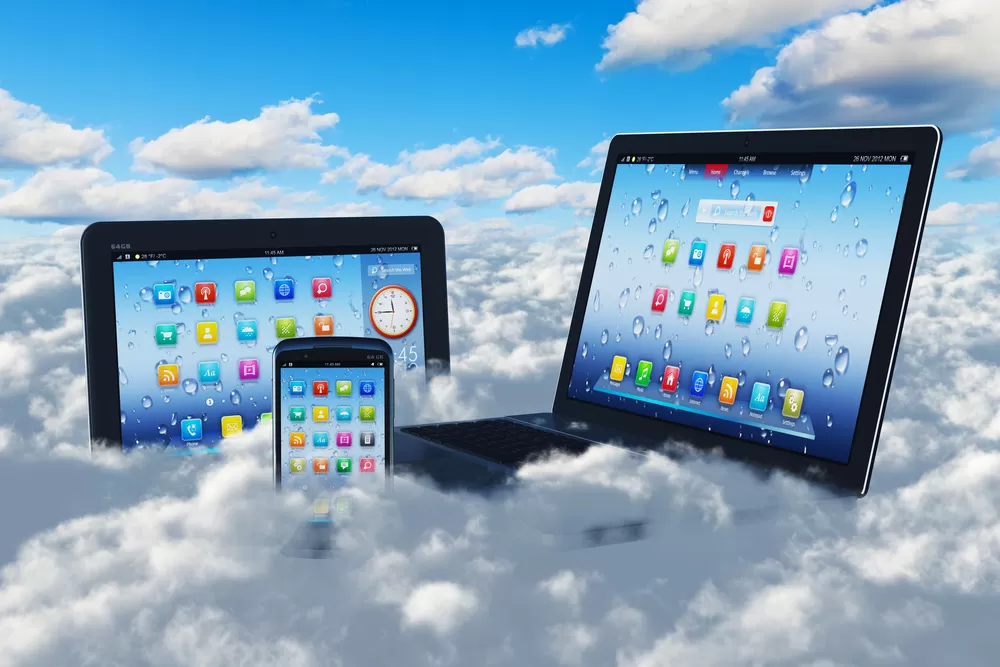Choosing and implementing a HRIS system in a workplace can be a trying but rewarding process. There are many steps involved, including: defining expectations and needs, figuring out budgeting, looking through all of the available options, and then finally deciding how to implement and install the system.
After the system is all put in place and ready to use, it may seem that the process is finally ready to pay off. This is when the user interface can make or break the deal, though.
What’s the User Interface?
Put simply, the user interface is what a person uses to control an HRIS system or other computer system. After logging into a system, the interface is what can be seen and used to perform different tasks. The controls may be in the form of icons, apps, drop-down menus, and many other options.
Familiarity Trumps Fancy
An interface that has a familiar format trumps a fancy interface any day. Picking an interface that follows the common Windows format is a great way to make sure that employees will be familiar with the setup. Even if other options seem more “state of the art,” users may be less comfortable with experimenting and playing with the different options available on the system if they don’t recognize the look of the options.
Keep It Simple
The more a user has to do to get on and use the system, the more frustrated that worker is apt to become. Users should be able to get into the system and use most or all of the functions available to them with just one password. Once inside, the simplest and most convenient systems allow configuration to limit what can be seen to what is relevant to the individual.
Customization Options
HRIS systems that can be configured and customized to the preferences of management or human resources will save a lot of headaches. If it’s possible to change elements like dashboards and reporting, the system can be altered to work more effectively for the company. This can make it much easier to change anything that users hate about the system after it goes live.
“Intuitive” Interface
When software companies label an interface “intuitive,” it basically means that users should be able to use the HRIS system with little to no training. Saved training equals saved money!
User Readiness
When a system that is very “intuitive” has been selected, the adaptation of the system throughout the company is simplified. Even if a system is touted as needing no training, though, employees should be given some sort of a small tutorial so that comfort levels are increased. This tutorial, however small, can also help management to spot any potential snags in the system interface that will prevent employees from getting the most from the system.
The Payoff
Taking the time to make sure that the HRIS software interface is easy to use and that employees are ready to use it can drastically cut the time and money spent on adaptation. Quick implementation can have massive benefit for the company, increasing productivity and improving the daily work lives of employees, management, and human resources.












